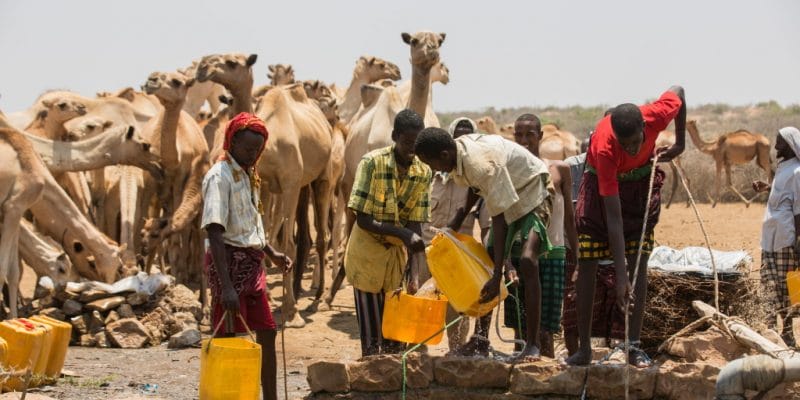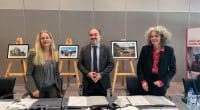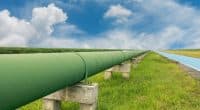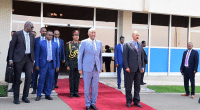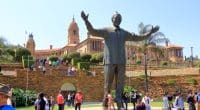The Board of Directors of the World Bank Group has approved $385 million in financing for drought-affected countries in the Horn of Africa. This financing will allow the implementation of a groundwater exploitation project carried out in partnership with the Intergovernmental Authority on Development (IGAD).
Faced with the climate emergency in the Horn of Africa, the World Bank is finally reacting. Its Board of Directors has just validated a financing package of 385 million dollars. Granted through the International Development Association (IDA), the funds will finance the Horn of Africa Groundwater Resilience Project (HoAGWRP).
This regional project aims to strengthen the capacity of the Horn of Africa to adapt to the effects of climate change. Climate change is manifesting itself in prolonged drought that is drying up the already scarce surface water resources in this region known for its arid climate. The HoAGWRP project targets Ethiopia, Somalia and Kenya. The governments of these three countries are expected to work closely with the Intergovernmental Authority on Development (IGAD), a regional grouping of seven East African countries including Djibouti, Ethiopia, Kenya, Somalia, Sudan, South Sudan and Uganda.
Improving water supply
With funding from the World Bank, the governments of the countries concerned and Igad will use solar energy to set up small- and medium-scale facilities to provide water to drought-affected populations. Specifically, after assessing the sustainable management of aquifers, the Horn of Africa countries will rehabilitate and build new climate-resilient groundwater infrastructure for human and livestock consumption.
Read also- SOMALIA: 17,000 people forced to move by drought
This includes the drilling of new wells equipped with solar pumps to replace diesel generators and thus reduce CO2 emissions. In addition to improving the supply of drinking water, the regional project focuses on investing in small-scale irrigation systems, contributing to soil conservation and aquifer recharge.
Sustainable use of aquifers
These investments are currently being considered in the Borena region of Ethiopia, on the border with Kenya. This activity will help small-scale farmers to switch from rain-fed to irrigated agriculture, enabling them to adapt to changing rainfall patterns and drought events in the lowlands. Irrigation systems will also be equipped with pressurised systems that will use renewable energy for pumping and distributing water.
Also, Igad and the three Horn of Africa countries will invest in infrastructure to support aquifer sustainability (recharge) and flood mitigation. This type of infrastructure will also help improve water supply during periods of extreme drought. Examples include sand dams, a storage mechanism built into dry riverbeds that helps retain soil moisture and concentrate water during dry months.
The HoAGWRP project will build on other nature-based solutions to improve groundwater recharge. These include rainwater harvesting, afforestation, and soil and water conservation measures to prevent erosion and land degradation. The regional project will also encourage the integration of these interventions into river basin plans as part of broader water resource management strategies.
Jean Marie Takouleu

